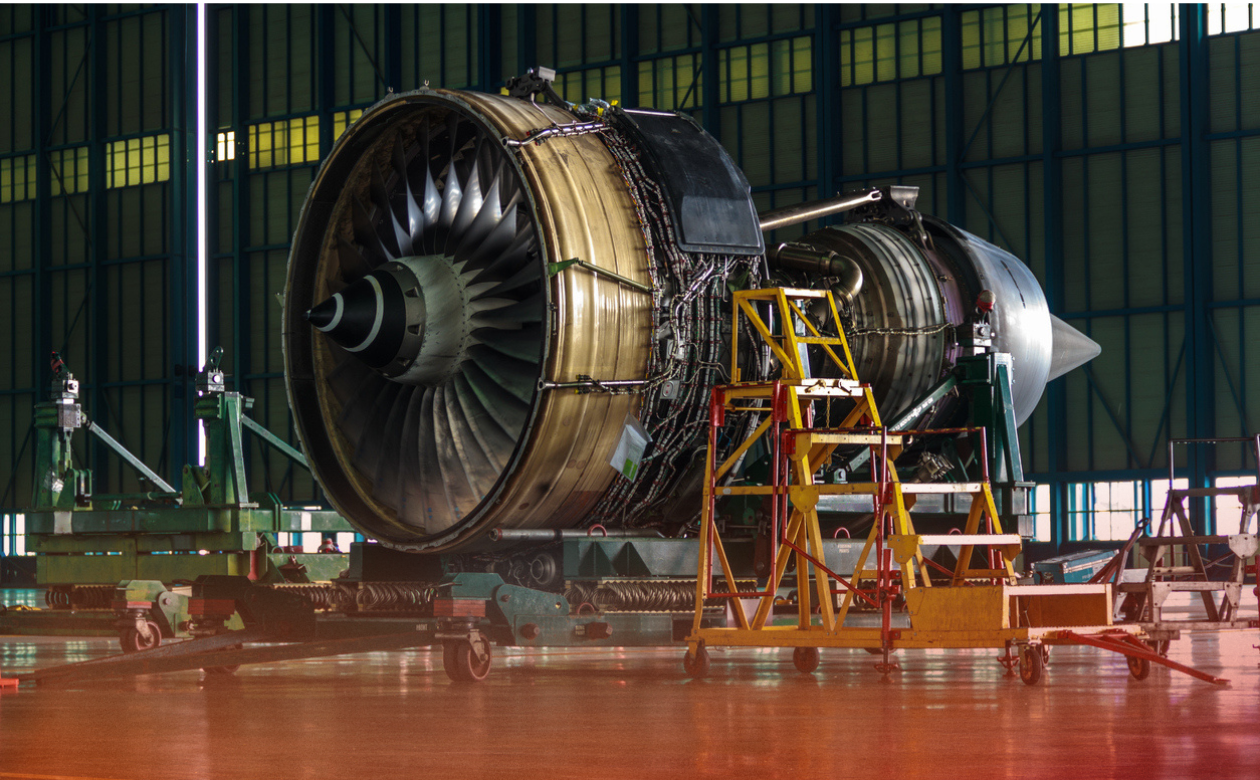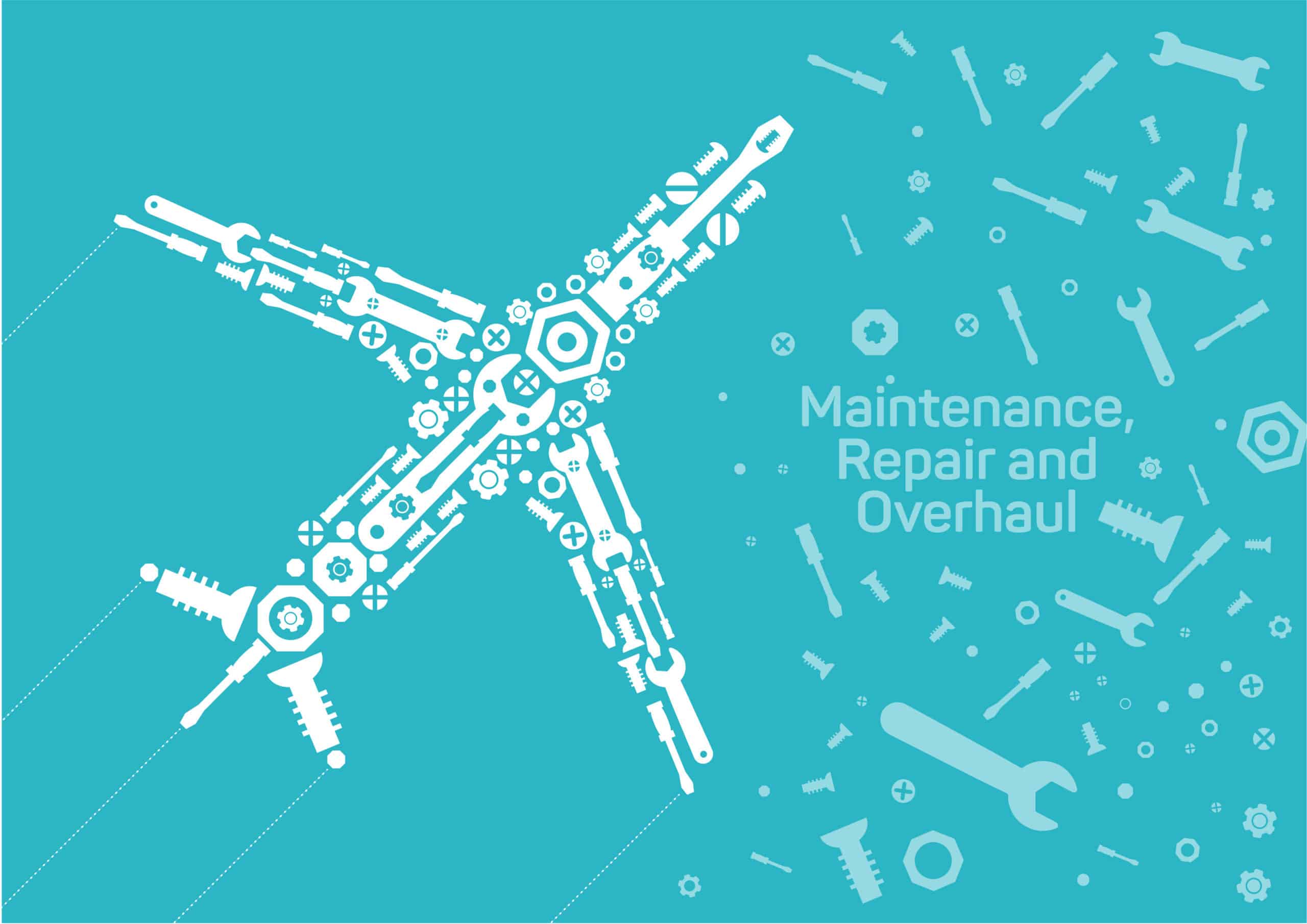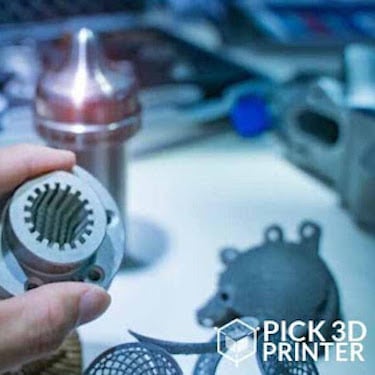Thanks to the United Nations climate change conference in November 2022 (COP27), the issue of sustainability should be on every business strategic plan. But, for manufacturers and maintenance service providers, particularly those in high-asset value industries like aerospace and defense, shipbuilding or power and infrastructure, the term “sustainability” takes on a dual meaning and double importance.
Given that sustainability is so important, manufacturers and maintenance service providers in these industries need a power tool to help them make sure they succeed in meeting their sustainability goals. A key area of focus should be the careful management of maintenance, repair, and overhaul (MRO) activities. As in every other business area, specific applications have evolved to digitize the workflow and processes associated with MRO.
Making sure you have a modern, configurable, and adaptable MRO solution will go a long way in meeting your strategic sustainability objectives in the next year.
Sustainability in the ESG Context and MRO’s Impact
Since sustainability is one of the three core components of ESG (environment, sustainability & governance), it is intrinsically an element of your strategy in this area. In this context, sustainability has to do with the efficient use of resources, including material, labor, and energy, so as to minimize the impact on the environment and maximize the benefit to society. When thinking about sustainable labor activities, it’s important to consider how you are preventing misguided work, which results in waste. An MRO solution that enables timely updates when changes are made to repair manuals, regulatory body directives, and processes can go a long way toward reducing this waste.
Sustainability in Program or Lifecycle Perspective
For manufacturers serving the defense industry, aviation, and many other program-oriented industries, sustainability takes on an additional meaning. As noted at the beginning of 2022, MRO in these industries is already a significant issue. Engineered products such as aircraft and weapons systems must be supportable over increasingly longer lifetimes. A supplier doesn’t necessarily shed responsibility at delivery or after any warranty period. In many cases, the original supplier(s) may be required to support the product or program for years or even decades.
This long-range view of maintenance brings MRO into focus as a critical component of a sustainable enterprise. After all, a product’s entire lifetime will be spent outside of the manufacturing plant, with many changes taking place in people and organizations along the way. A digital MRO platform can document issues during teardown and reassembly and provide closed-loop data back to engineering in real time to support your continuous improvement initiatives.





